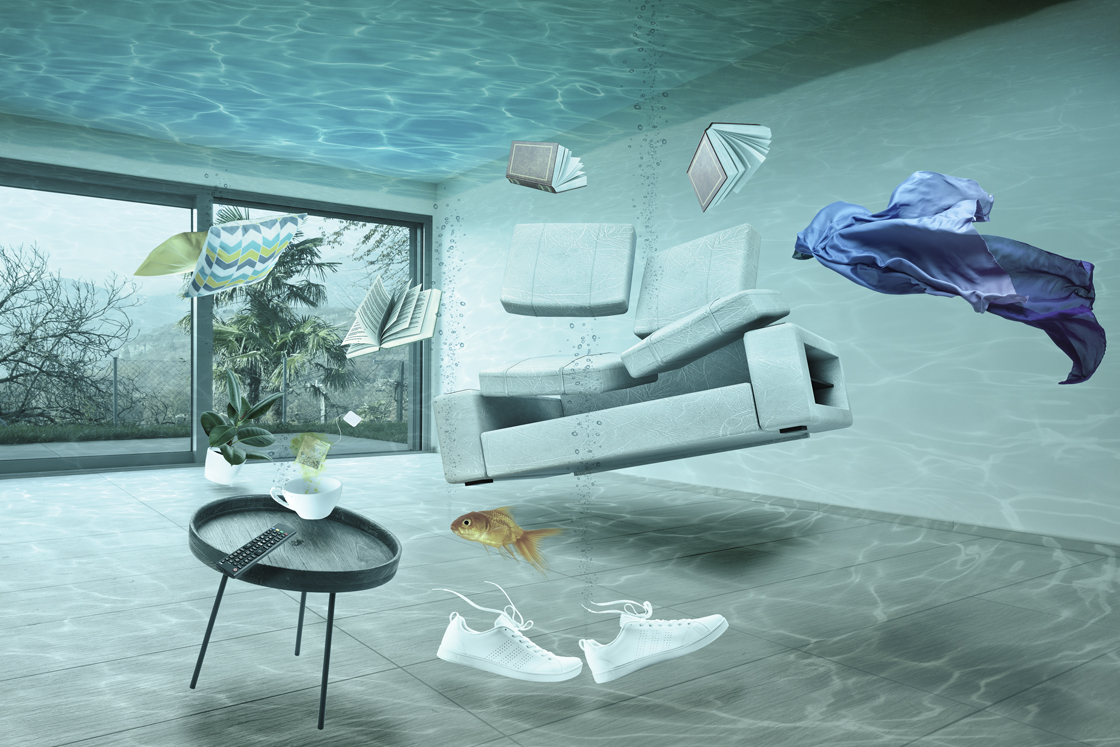They are making several great points relating to Leaking water lines as a whole in this article below.

Early discovery of dripping water lines can mitigate a prospective catastrophe. Some small water leakages might not be visible.
1. Examine the Water Meter
Every home has a water meter. Checking it is a surefire way that assists you discover leakages. For beginners, shut off all the water sources. Guarantee no person will certainly purge, use the faucet, shower, run the washing maker or dishwasher. From there, most likely to the meter as well as watch if it will certainly transform. Considering that no person is using it, there must be no movements. If it moves, that indicates a fast-moving leakage. If you discover no adjustments, wait a hr or two as well as check back once more. This indicates you may have a slow leak that might even be underground.
2. Examine Water Intake
Analyze your water bills and also track your water intake. As the one paying it, you should notice if there are any type of discrepancies. If you find sudden changes, in spite of your intake being the same, it suggests that you have leaks in your plumbing system. Bear in mind, your water expense should fall under the exact same array on a monthly basis. An abrupt spike in your bill suggests a fast-moving leakage.
A consistent boost every month, even with the very same routines, shows you have a slow leakage that's likewise slowly rising. Call a plumber to extensively inspect your building, particularly if you feel a cozy area on your floor with piping below.
3. Do a Food Coloring Examination
30% comes from commodes when it comes to water consumption. Test to see if they are running correctly. Decline flecks of food shade in the storage tank and wait 10 mins. There's a leakage in between the tank and also bowl if the shade somehow infiltrates your dish throughout that time without flushing.
4. Asses Outside Lines
Do not neglect to inspect your outdoor water lines as well. Should water permeate out of the link, you have a loosened rubber gasket. One small leakage can lose lots of water and spike your water costs.
5. Inspect and also Analyze the Situation
Property owners must make it a practice to check under the sink counters and also even inside cabinets for any kind of bad odor or mold and mildew growth. These 2 warnings indicate a leak so timely attention is needed. Doing routine evaluations, even bi-annually, can conserve you from a significant issue.
Examine for stainings as well as compromising as most home appliances and also pipelines have a life expectations. If you think dripping water lines in your plumbing system, don't wait for it to rise.
Early detection of leaking water lines can reduce a prospective disaster. Some tiny water leaks might not be visible. Examining it is a proven way that aids you find leakages. One small leak can throw away heaps of water as well as surge your water bill.
If you presume leaking water lines in your plumbing system, do not wait for it to rise.
WARNING SIGNS OF WATER LEAKAGE BEHIND THE WALL
PERSISTENT MUSTY ODORS
As water slowly drips from a leaky pipe inside the wall, flooring and sheetrock stay damp and develop an odor similar to wet cardboard. It generates a musty smell that can help you find hidden leaks.
MOLD IN UNUSUAL AREAS
Mold usually grows in wet areas like kitchens, baths and laundry rooms. If you spot the stuff on walls or baseboards in other rooms of the house, it’s a good indicator of undetected water leaks.
STAINS THAT GROW
When mold thrives around a leaky pipe, it sometimes takes hold on the inside surface of the affected wall. A growing stain on otherwise clean sheetrock is often your sign of a hidden plumbing problem.
PEELING OR BUBBLING WALLPAPER / PAINT
This clue is easy to miss in rooms that don’t get much use. When you see wallpaper separating along seams or paint bubbling or flaking off the wall, blame sheetrock that stays wet because of an undetected leak.
BUCKLED CEILINGS AND STAINED FLOORS
If ceilings or floors in bathrooms, kitchens or laundry areas develop structural problems, don’t rule out constant damp inside the walls. Wet sheetrock can affect adjacent framing, flooring and ceilings.
https://www.servicemasterbyzaba.com/blog/how-to-detect-water-leakage-in-walls/

I am very excited about Locating water leaks and I'm hoping you appreciated my piece. Loved our posting? Please share it. Let someone else check it out. Thanks a lot for your time spent reading it.